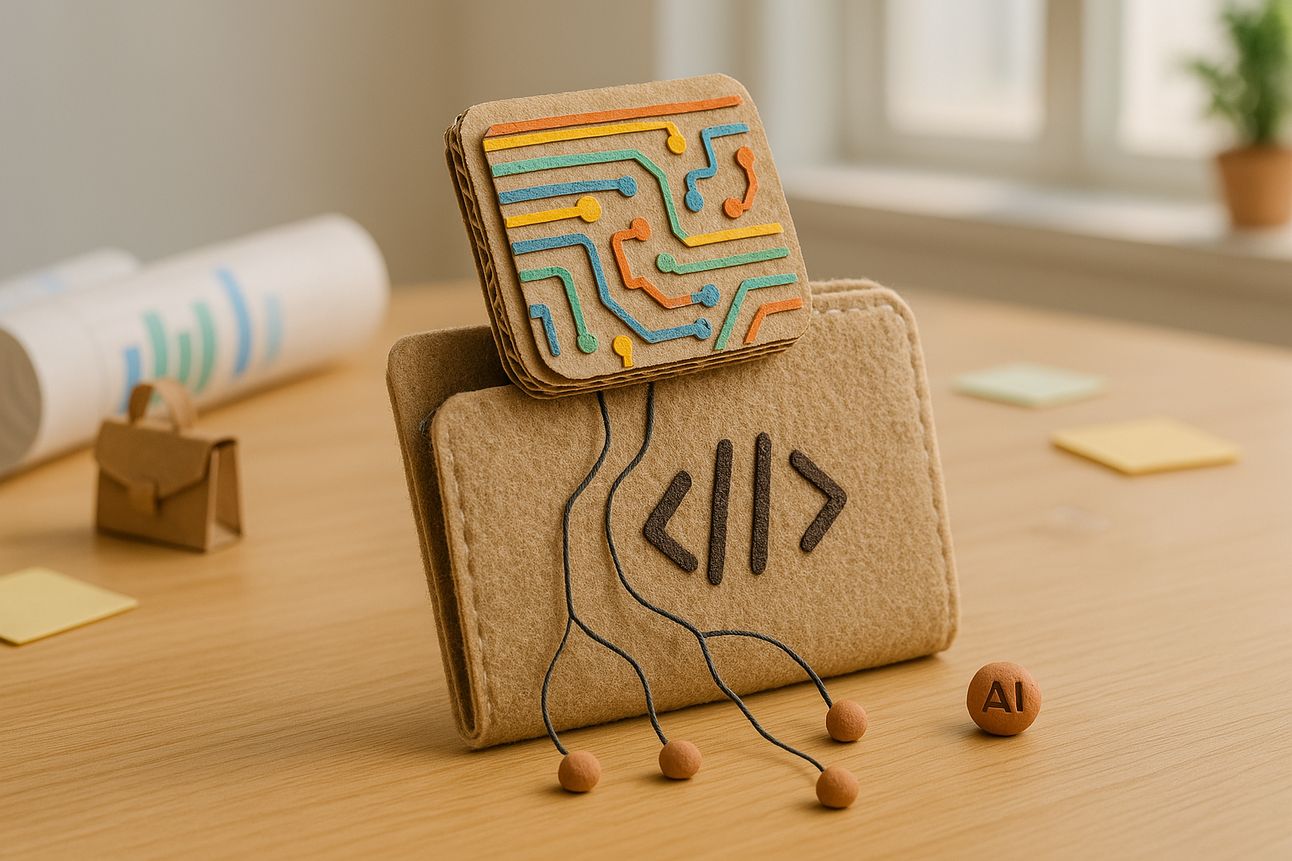- Today On AI
- Posts
- Musk’s Grok Faces Scrutiny as Users Rely on It for Political Fact-Checks
Musk’s Grok Faces Scrutiny as Users Rely on It for Political Fact-Checks
AND: Synthetic Data Heats Up: Nvidia Buys Gretel in Nine-Figure Deal

✨TodayOnAI’s Daily Drop
Musk’s Grok Faces Scrutiny as Users Rely on It for Political Fact-Checks
Synthetic Data Heats Up: Nvidia Buys Gretel in Nine-Figure Deal
OpenAI Launches o1-pro Model—Twice the Cost, Slightly Better Performance
💬 Let’s Fix This Prompt
🧰 Today’s AI Toolbox Pick
| 📌 The TodayOnAI Brief |
GROK

🚀 TodayOnAI Insight: Users on Elon Musk’s X are increasingly turning to Grok, xAI’s chatbot, for fact-checking—raising red flags among professional fact-checkers worried that AI-generated responses could accelerate the spread of political misinformation.
🔍 Key Takeaways:
Grok, xAI’s chatbot, is now integrated on X, allowing users to tag it for real-time answers—mirroring Perplexity’s earlier approach.
Some users in politically sensitive regions like India have started asking Grok to fact-check politically charged claims.
Fact-checkers warn that Grok’s human-like tone can make false information sound authoritative and persuasive.
Grok previously drew criticism after generating misleading election-related content; in August, five U.S. state secretaries urged Musk to make changes.
Other major chatbots, including ChatGPT and Gemini, have also been caught spreading inaccurate political content.
💡 Why This Stands Out: Grok’s adoption for fact-checking shows how AI tools are increasingly seen as neutral arbiters of truth—despite their well-documented fallibility. The risk isn’t just bad data, but misplaced trust. If AI is treated as a default source of truth, who gets to decide what’s true?
NVIDIA

🚀 TodayOnAI Insight: Nvidia has reportedly acquired synthetic data startup Gretel in a nine-figure deal, strengthening its position in the generative AI stack as demand for synthetic training data accelerates across the industry.
🔍 Key Takeaways:
Gretel, founded in 2019, builds platforms that generate synthetic data and customize AI models for developers.
The company raised over $67M from top investors and was last valued at $320M; Nvidia’s purchase price reportedly exceeded that.
Roughly 80 Gretel employees will join Nvidia, with its technology integrating into Nvidia’s generative AI services.
Synthetic data is increasingly critical for training large models as real-world data becomes scarce or legally restricted.
Nvidia’s move follows a broader trend, with Microsoft, Meta, OpenAI, and Anthropic all investing in synthetic data solutions.
💡 Why This Stands Out: Nvidia’s acquisition signals that synthetic data is shifting from experimental to essential infrastructure for scaling AI. As data constraints tighten, owning tools to generate high-quality synthetic data could define competitive advantage in the AI arms race.
OPENAI

🚀 TodayOnAI Insight: OpenAI has rolled out o1-pro, a more compute-intensive version of its o1 reasoning model, to its developer API—promising better performance for premium pricing, despite mixed early results.
🔍 Key Takeaways:
o1-pro is positioned as a “thinking harder” version of o1, aimed at solving complex problems with improved reliability.
Access is limited to developers who’ve spent at least $5 on OpenAI’s API; pricing is steep at $150 per million input tokens and $600 per million output tokens.
That’s double GPT-4.5’s input cost and 10x o1’s output cost, signaling a premium performance tier.
o1-pro has been available to ChatGPT Pro users since December, but early user feedback pointed to underwhelming reasoning capabilities.
Internal OpenAI benchmarks showed only marginal gains over o1 in math and coding tasks—though the model did answer more consistently.
💡 Why This Stands Out: OpenAI is testing the market for ultra-premium inference pricing, betting that developers will pay for incremental reliability in reasoning. But if o1-pro can't clearly outperform cheaper models, how long will that premium hold?
| 💬 Let’s Fix This Prompt |
✨ See how a simple prompt upgrade can unlock better AI output.
🔹 The Original Prompt
"Generate blog ideas for a tech company."
At first glance, this prompt might seem okay. But it's too broad — and that limits the quality of AI-generated results. Let’s improve it using prompt engineering best practices.
✅ The Improved Prompt
Generate a list of unique, engaging blog post ideas for a B2B tech company that wants to attract decision-makers in mid-sized companies. Focus on topics related to emerging technology trends, industry insights, and practical solutions their software offers. Include suggested titles and a 1–2 sentence summary for each idea.
💡 Why It's Better
Specific audience: Targets decision-makers in mid-sized companies.
Contextual focus: Emphasizes emerging tech and practical solutions.
Actionable output: Requests summaries and titles to spark execution.
Tone and style: Guides the type of content (insightful, engaging, relevant).
🛠️ Learn how to adapt this prompt for SaaS, AI tools, dev teams & more →
Read the full PromptPilot breakdown
💡 Bonus Tool: Want to generate and master prompts instantly?
👉 Try PromptPilot by TodayOnAI (Free to use)
| 🧠 Smart Picks |
📰 More from the AI World
Copilot Makes Discovering Ideas Feel Like a Conversation
Vevo & Arc Institute Release 300M-Cell Atlas to Advance Drug Discovery with AI
Meta Launches Aria Gen 2 to Power the Future of Perception & Contextual AI.
Talk to Perplexity: Real-Time Voice Answers Now on iOS
🧰 Today’s AI Toolbox Pick
🍋LemonSqueezy (Finance Tool): Handles the tax compliance burden so you can focus on more revenue with less headache.
💻ZipWP (Web Design Tool): Creates stunning websites in seconds.
⚙️DupDub (Content Tool): An all-in-one content creation platform that allows you to craft your content effortlessly and streamline your workflow.